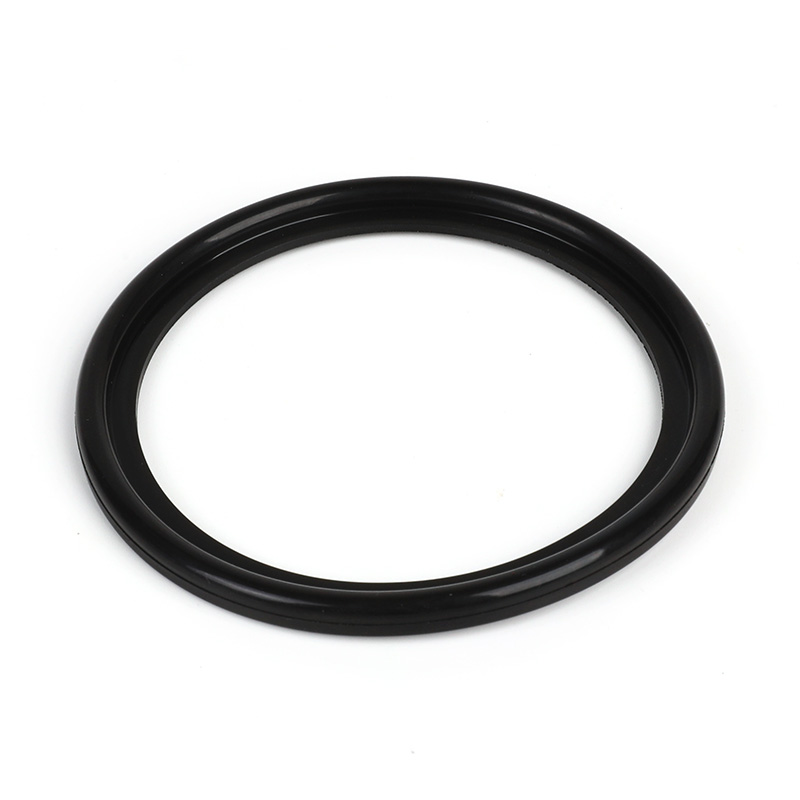+86-576-88024290
Search
11 07, 2025
Industry Updates
Hydraulic systems play a vital role in a wide range of industries, including manufacturing, construction, automotive, and aerospace. At the heart of these complex systems lies a seemingly simple but crucial component: the O-Ring. These small, circular seals are fundamental to maintaining the durability and performance of hydraulic equipment. Understanding how O-Rings contribute to hydraulic system reliability reveals why they are indispensable in today’s high-demand environments.
The primary function of O-Rings in hydraulic systems is to provide a tight seal between stationary and moving parts. This sealing capability prevents fluid leaks, which is essential for maintaining system pressure and operational efficiency. Leaks in hydraulic systems can to reduced performance, costly downtime, and even equipment failure. The proper selection and installation of O-Rings help avoid such issues, ensuring smooth and continuous operation.
One significant advantage of O-Rings is their ability to withstand high pressure. Hydraulic systems often operate under pressure conditions, sometimes exceeding thousands of psi. The unique design of O-Rings allows them to compress and conform to mating surfaces, creating a secure barrier that can resist these intense forces. This pressure resistance contributes directly to system durability by minimizing the risk of seal failure.
Material choice is a critical factor in the performance of O-Rings. Various materials such as nitrile rubber (NBR), fluorocarbon (Viton), silicone, and polyurethane are commonly used depending on the operating environment. For hydraulic systems exposed to harsh chemicals, high temperatures, or abrasive fluids, selecting O-Rings made from resistant materials can greatly extend seal life and system reliability. These materials offer resistance to wear, chemical degradation, and temperature fluctuations.
Another way O-Rings enhance hydraulic system performance is by reducing friction between moving parts. Properly designed and lubricated O-Rings minimize wear on shafts, pistons, and valves. This reduction in friction not only prolongs the lifespan of both the seals and the components but also improves energy efficiency by requiring less power to operate the system.
In addition, O-Rings are highly versatile and cost-effective. Their simple design allows them to be used in static and dynamic sealing applications within hydraulic systems. Whether sealing a cylinder head or a rotary shaft, O-Rings adapt well to various configurations. This versatility helps engineers optimize system design while controlling costs, as O-Rings typically require less maintenance and replacement compared to more complex sealing solutions.

Maintenance and proper installation practices further ensure the long-lasting benefits of O-Rings in hydraulic systems. Regular inspection for wear, swelling, or cracking can help identify seal issues before they to failure. Additionally, correct sizing and surface finish of mating parts are vital to prevent premature seal damage. By adhering to practices, users can maximize the durability and performance advantages of O-Rings.
The environmental impact of O-Rings is also an evolving consideration. Many manufacturers now focus on producing seals from more sustainable and recyclable materials without compromising performance. This development aligns with growing industry efforts to improve the environmental footprint of hydraulic equipment while maintaining high standards for reliability.
In conclusion, O-Rings play a crucial role in enhancing the durability and performance of hydraulic systems. Their effective sealing under high pressure, material versatility, friction reduction, and cost efficiency make them indispensable components in demanding industrial applications. By choosing the right O-Rings and following proper maintenance practices, hydraulic systems can achieve longer service life, improved efficiency, and reduced downtime. As technology advances, the continuous improvement of O-Rings will undoubtedly support the evolving needs of hydraulic system users worldwide.